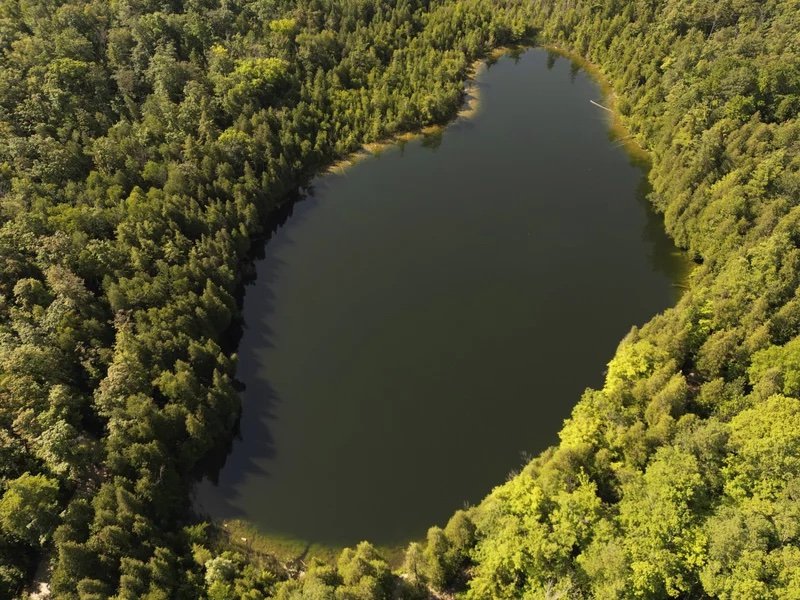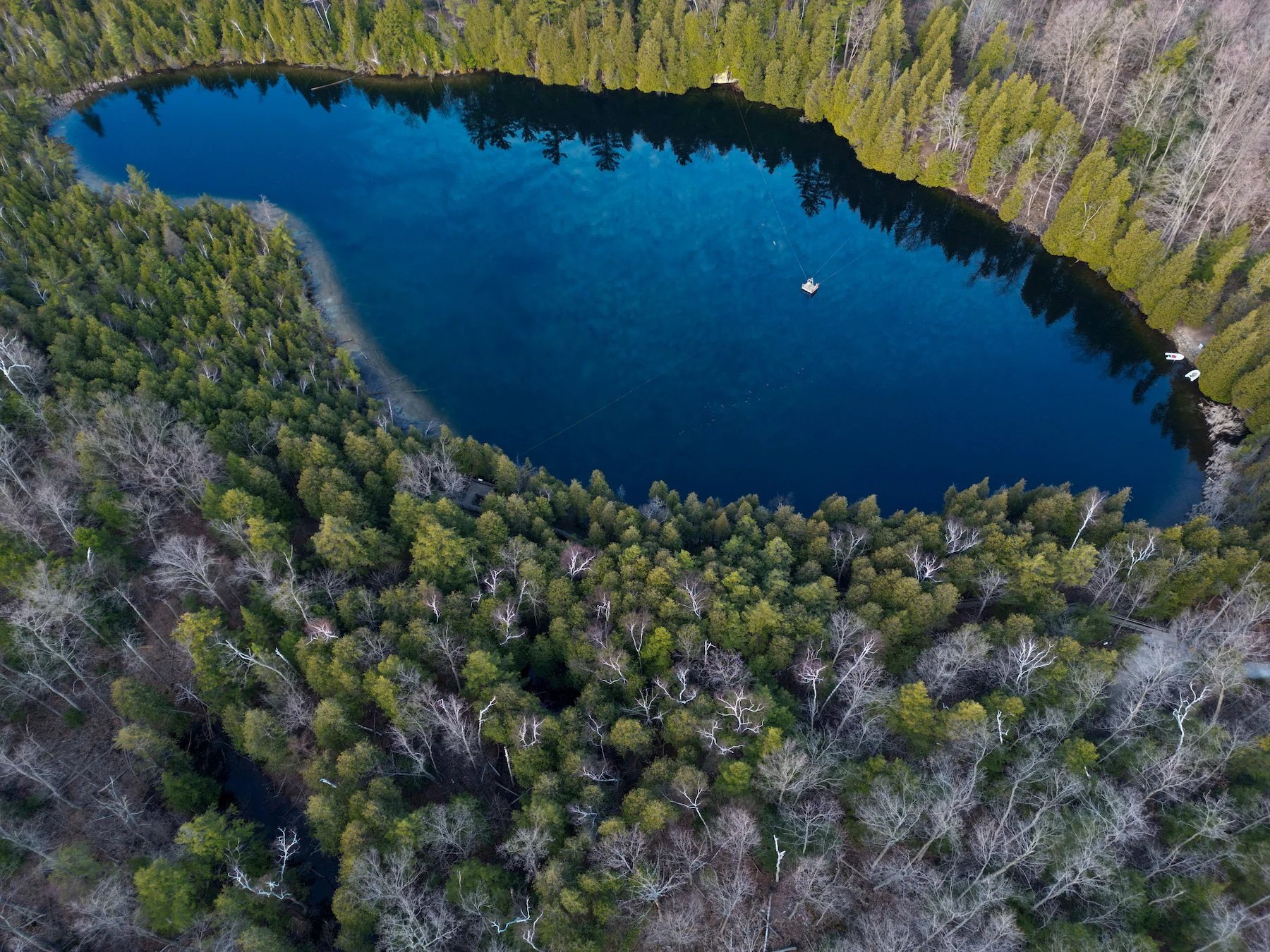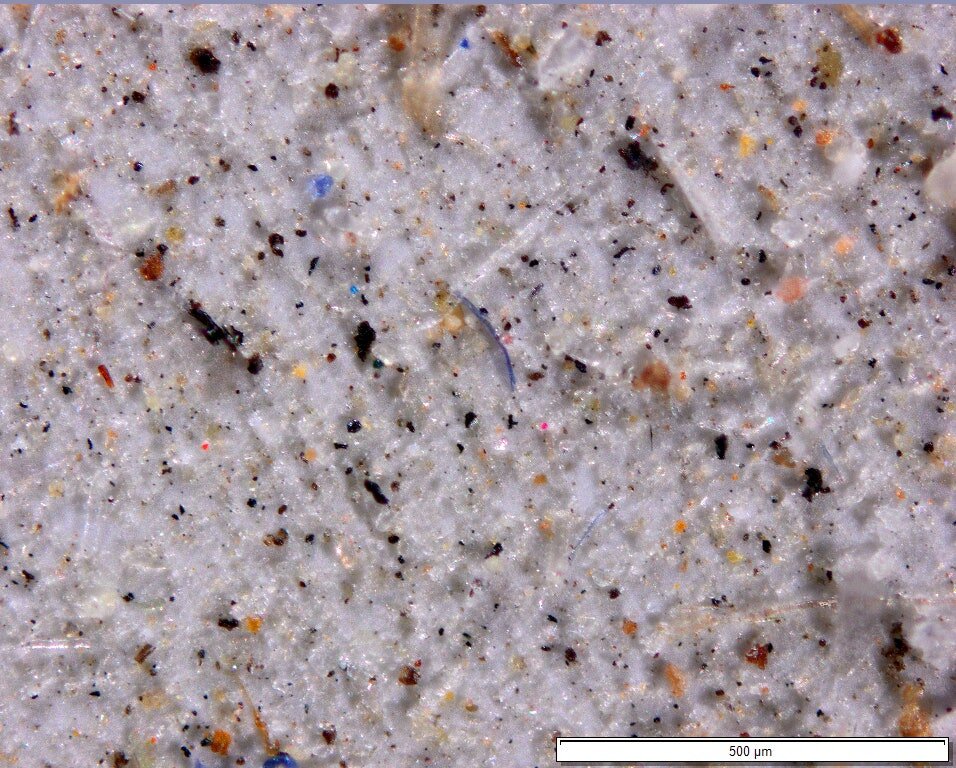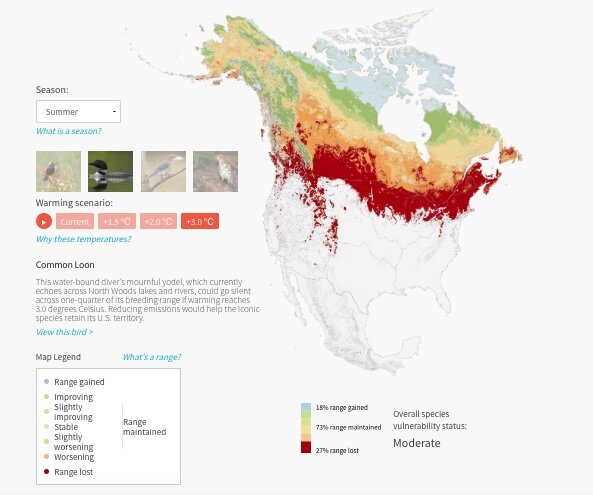PHYS.ORG, by Greg Stanley, Star Tribune
Pixabay/CC0 Public Domain
The Topeka shiner, a rare and endangered fish, is only found in the few remaining prairies of Minnesota and a handful of other states in the Midwest. A decade ago it looked well on the way to extinction. But a group of scientists in a branch of the U.S. Fish and Wildlife Service along with nonprofit conservationists at the Nature Conservancy may have unlocked the secret to bringing it back, as well as a host of other prairie life. And it all depends on small unnamed ponds called oxbows.
Oxbow ponds get their name from a horseshoe shape resembling the old yokes used on teams of oxen. They form from the bend of streams and rivers that cut through grasslands. Over time some of those bends naturally separated from the larger stream, leaving behind small pools. Once a year, or every few years, the stream reconnects to these orphaned pools when the water is high enough, briefly allowing fish to move from one to the other.
The isolation and shallow water of an oxbow pond provides a nice little sanctuary and breeding ground for a slew of small fish, like Topeka shiners, protected from fast currents and predators, said Nick Utrup, the Fish and Wildlife Service's lead biologist for the Topeka shiner recovery.





















